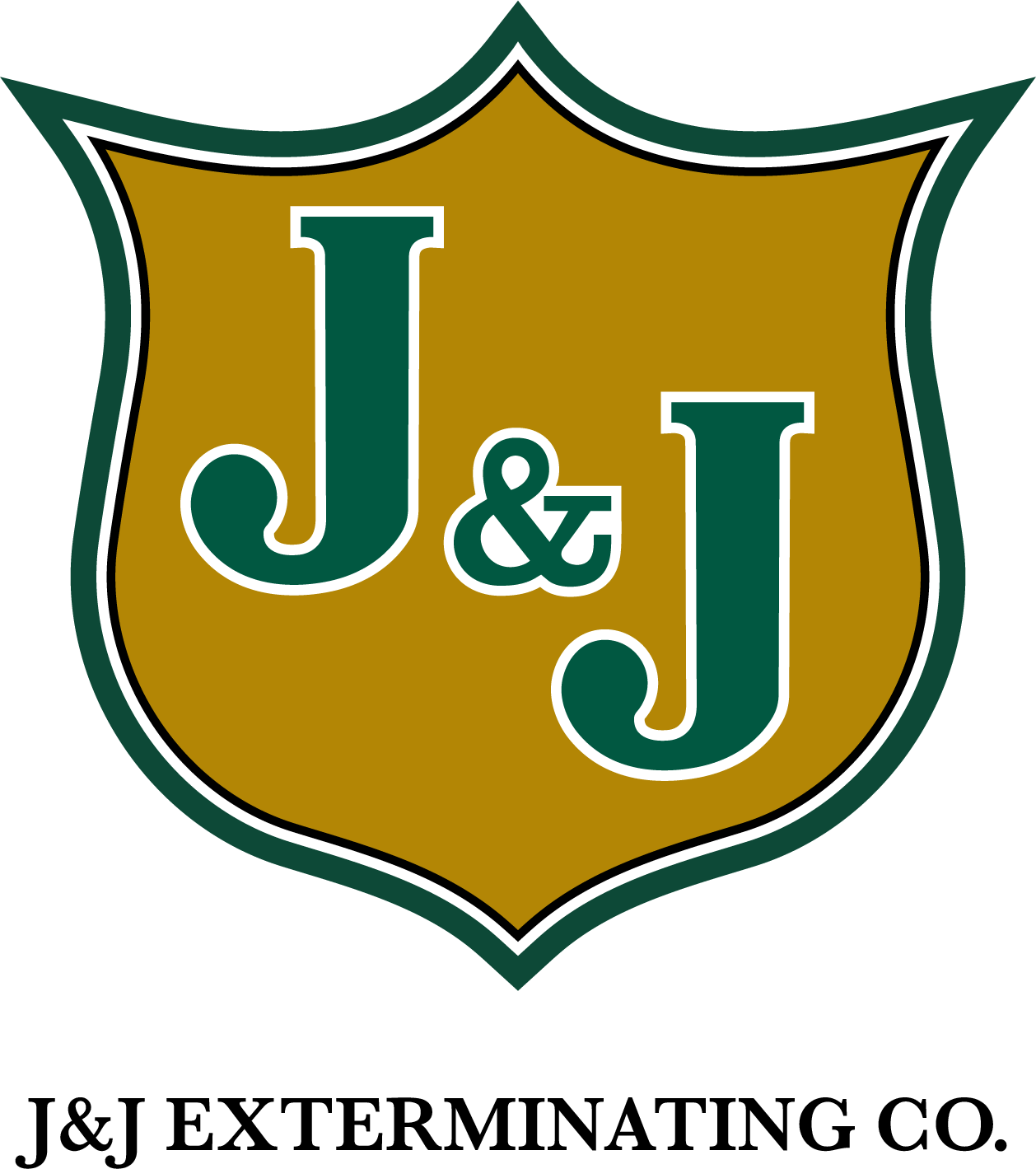In Louisiana, termite swarming season starts as early as January with the emergence of eastern subterranean termite swarmers (alates), but termite swarms are not usually noticed by residents until after the arrival of May when most termite species in the state begin to swarm, including the Formosan subterranean termite. A total of nine termite species have been documented as inhabiting Louisiana, and four of these species are drywood termites. These drywood termite species include southeastern, western, dark southern and west Indian powderpost drywood termites. All of these species begin swarming in May with the exception of the dark southern drywood termite which swarms from September to November. Once the month of May arrives in Louisiana, media outlets begin to warn residents about annoying Formosan subterranean termite swarms that gravitate toward street lights, porch lights and indoor lights. Unfortunately, drywood termite swarms are rarely, if ever, mentioned by news outlets, and they probably should be considering that they only infest homes during swarming season, unlike subterranean termites.
It is well known that subterranean termites live in colonies below the ground where workers leave their nest to gather food for their nestmates. Occasionally, workers infest structural lumber after encountering housing foundations while foraging. Since the vast majority of subterranean termite infestations are initiated by foraging workers throughout most of the year in Louisiana, subterranean termite swarms are of little concern beyond being an occasional nuisance. However, drywood termites inhabit single above ground wood items, which means that they literally inhabit their food source, making foraging workers unnecessary for drywood termites. This means that only swarming alates are able to initiate drywood termite infestations, and unlike subterranean termite workers, drywood termite alates can initiate infestations in just about any location on or within homes. Subterranean termite infestations are much easier to notice than drywood termite infestations, as the former must construct mud tubes in order to reach above ground structural wood, and these mud tubes are usually clear to see along foundations. Drywood termites, on the other hand, do not leave behind noticeable clues of their presence in a home, and infestations are not usually noticed until an indoor swarm emerges a few years after a colony was initiated by a pair of alates.
Has a pest control professional ever found drywood termite damage in your home?
Tags: Termite Control, Termite Inspection




